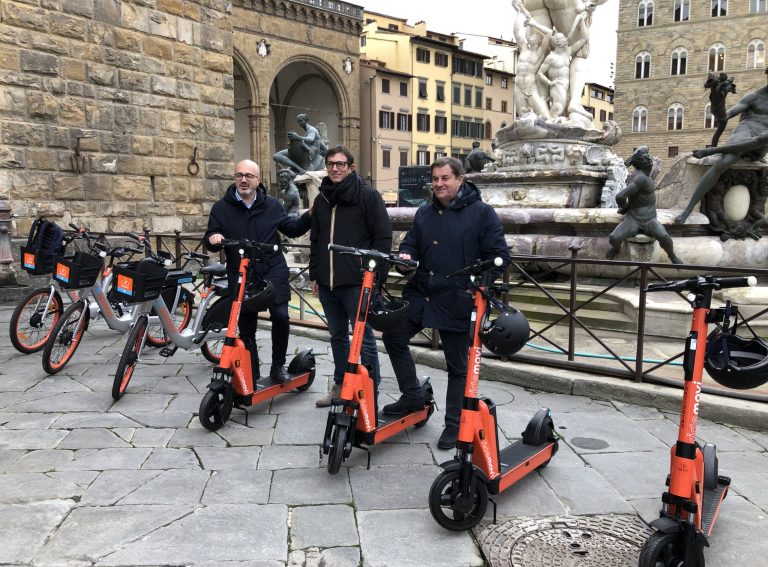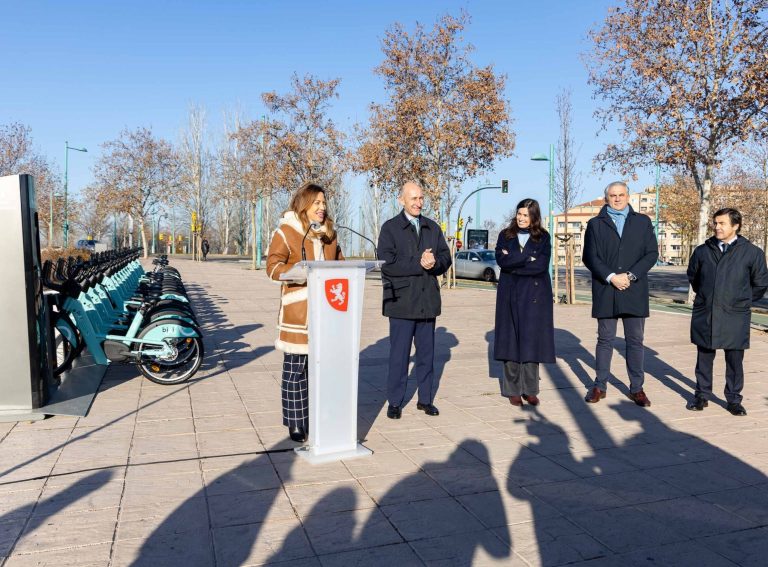As the European parliament prepares for a new five-year policy cycle, all eyes will be on how EU Member States implement the European Declaration on Cycling.
Signed earlier this year, the European Declaration on Cycling is one of the most ambitious EU-level policy initiatives, setting out 36 commitments to recognise cycling as a strategic priority across Europe.
Chapter 8 of the Declaration calls for data to be uniformly collected across Europe, as it will prove pivotal in monitoring these commitments and unleashing the potential of cycling.
Data is needed for two core areas – to uphold the safety of the cyclist, and to measure the progress of the EU’s cycling industry as a whole.
“There’s a huge push to make Europe the first region in the world that creates a truly smart and sustainable transport industry, and there’s no better way to do that than through cycling,” Cycling Industries Europe (CIE) Project Manager Samuel Pierce tells Zag Daily.
“But we need harmonised data to make the case that cycling needs support and investment from Europe if it is to achieve this goal.”
Data that directly benefits the cyclist
Implementing the European Declaration on Cycling was top of the agenda for CIE’s 2024 annual summit held last month.
Irish tech firm Luna Systems is one member of CIE that develops smart technology to acquire data that upholds the safety of cyclists.
For CEO Andrew Fleury, there are three horizons for how technology and data should work hand-in-hand to improve cycling in Europe.
The first is to support individual cyclists with real-time in-ride warnings which Luna does with cycling solutions such as its rear vehicle proximity detection. This app-based solution leverages a simple rear-facing camera to detect and provide visual and audio warnings to cyclists when approaching vehicles get too close, aiding them to manoeuvre to safety.
The second horizon for using technology to provide data is to improve rider habits. The data acquired during each ride can be fed back to the rider to inform them of any dangerous behaviours, the safety of the routes they take, and ride figures such as how many motor vehicles pass them on their journeys.
“We can leverage this data to change a cyclist’s riding habits and increase the safety of their journey,” Andrew says. “If we can put a rider on a safer route, we can reduce the chance of an accident significantly. Not by one or 2%, but we think more like 50%.”
“Big Data” for the European cycling industry
Andrew says the third horizon to improve cycling safety relates to “big data”. This is an accumulation of all the data gathered during cycle rides which cities can use to make improvements. For example, if there are routes where cyclists often ride on sidewalks, this data can inform the city on potential infrastructure improvements or danger hotspots.
“A couple of months ago here in Dublin, a student cyclist was killed in a collision with a truck,” Andrew says. “She was in the bike lane and the truck got too close. To me, it looked like a very poorly designed road. We need data which shows how many near misses there were between cyclists and trucks in that exact same spot before this tragic fatality. Safety technology can acquire this kind of data from the thousands of bikes in cities to make a real change for cycling.”
The ultimate purpose of data collection for Samuel is to put forward the case to policymakers that cycling is an industry that Europe should be investing money into.
“Many cycling trips today are unaccounted for because EU standards aren’t in place to collect them,” Samuel says. “When it comes to reporting the numbers and telling Commission officials that cycling needs x amount of money invested in it, we don’t have as strong a data set as we need to have. We should use the technology we have, such as connected bikes, to demonstrate the growth of cycling and build this data set to show what trips are or aren’t being taken and why.”
This data can then be used to target Europe’s areas for improvement and achieve the cycling industry’s ultimate goal – getting more people on bikes.
“That’s the common denominator in all of this.”
CIE recently launched the second edition of its groundbreaking report, “Shared Ambition,” which benchmarks the performance of bike sharing in 148 strategic EU cities. The report’s primary objective is to equip cities and policymakers with the tools to identify the potential for bike sharing to significantly contribute to the EU’s mobility, climate, and cycling policies, and to highlight key performance indicators for successful deployment of bike sharing.
Unlocking the benefits of rider data
As a member of CIE, Luna Systems believes its data gathering capabilities can play a positive role, to support cities in the planning of safer cycling infrastructure. “That’s why we’re part of CIE,” says Andrew. “The industry group’s vision is to impact both policy and change cycling behaviour in the long run.” Indeed, Luna’s technology has been leveraged in several cities to date looking at key shared micromobility safety challenges like pavement riding.
CIE, which was actively involved in the crafting of the European Declaration on Cycling, will be closely following the auditions of the Commissioner-designates set to take place next month. Samuel says that the industry group will be holding Europe’s new commissioners to account once officially in office to ensure that member states reap the benefits of implementing the Declaration.
And the benefits are clearly there. In Belgium alone, leasing 1,000 bikes translates into €2.8 million in net revenue and 27 full-time jobs.
Taking this further, if 25% of urban deliveries were made by bike, the Belgian economy would net an additional €231 million and 8,992 new full-time jobs.
“The European automotive sector has billions of euros funnelled into it from public money,” says Samuel. “If we can get granular data on cycling, then we can inform policy and make the case that cycling also needs European support and investment if its full potential is to be realised. This is crucial because cycling can do what automotive can’t: not only is it an industry where Europe has huge potential for growth on the scale of one million new jobs by 2030, but it can do so by simultaneously supporting the EU’s key objectives on competitiveness and sustainability. That’s the big picture, that’s impact, and that’s what the Declaration can help us achieve.”





